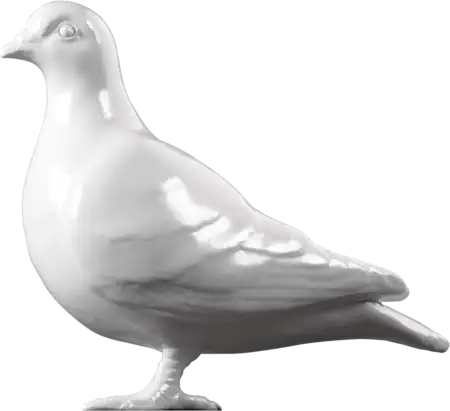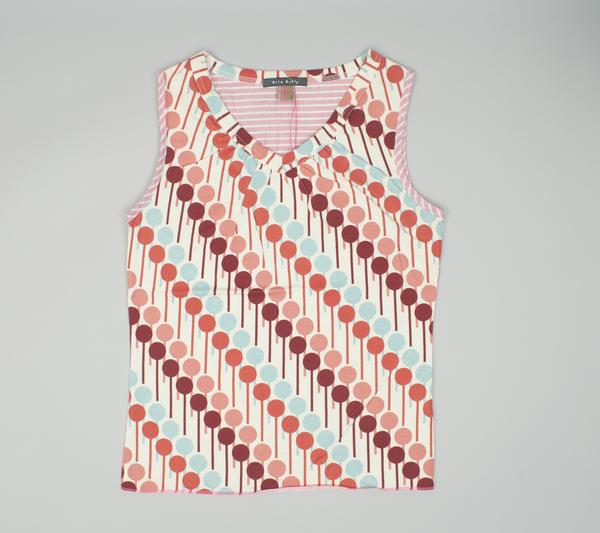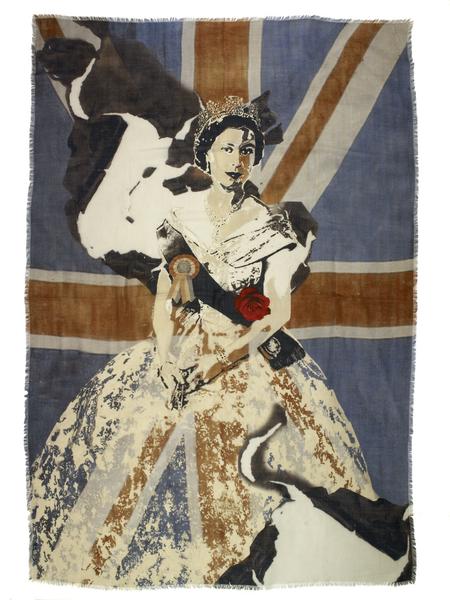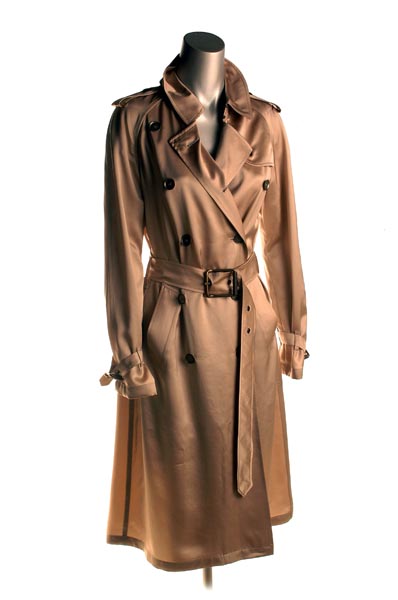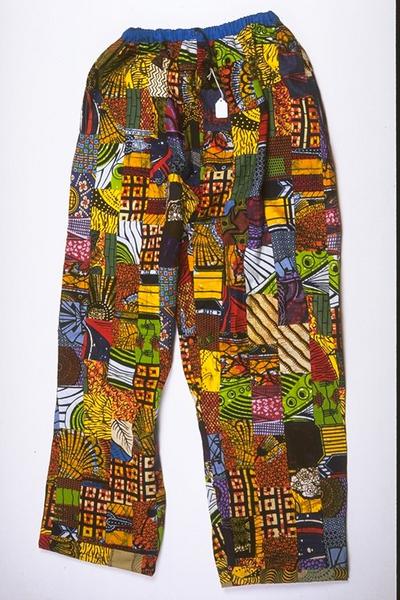Labrum tells West African stories through fashion
Founded by fashion designer Foday Dumbuya, Labrum London is a modern menswear brand with deep ties to West African cultures, histories and stories.
Across London
Since 2014

A love letter to culture, community and migration
Storytelling is at the heart of Labrum London. Into every garment, the fashion label weaves together histories and traditions from West Africa with traditional British tailoring.
Labrum offers made-to-measure tailoring as well as ready-to-wear clothes stocked in upmarket stores like Selfridges. The company has also worked with the likes of Netflix and Guinness, and has designed kits for Arsenal FC and the Sierra Leone Olympic team.
Its founder, Foday Dumbuya, makes Labrum’s mission statement clear: “With every union, I’m always considering how the story ties it back to Labrum, London, West Africa and British tailoring.”
Who is Foday Dumbuya?
Labrum is, partly, the personal expression of its founding force, Foday Dumbuya. Born in Sierra Leone, Dumbuya spent some of the later years of his childhood in Cyprus before moving to London aged 12.
His family was his first fashion inspiration. He told Dazed magazine how his dad was an “immaculately” dressed police officer, and his “more extravagant” mum has always worn colour-coordinated traditional African dress.
Rather than going straight into fashion school, he worked on the shop floor at DKNY before moving into product and design at Nike.
Savile Row designer Ozwald Boateng was an important role-model. His success as a Black menswear designer showed Dumbuya there was space for him in fashion too.
In 2014, Dumbuya studied menswear design at London College of Fashion. He launched Labrum the same year.

Foday Dumbuya receives the Queen Elizabeth II Design Award from King Charles III.
In 2023, Dumbuya won the Queen Elizabeth II Award for British Design, an award that spotlights young designers making a difference to society. “It was such an emotional day,” he told ELLE magazine, “and showed me that the work and stories I’ve created over the years haven’t gone unnoticed.”
Labrum’s clothes tell a story
The design aesthetic of Labrum reflects a wide variety of West African histories, traditions and people. Many of his references look to Sierra Leone: carved stone Nomoli figurines, the 18th-century Prince Naimbana and the oldest tree in his birthplace of Freetown.
Migration and movement are the throughlines of the brand’s collections. A label bearing the words “Designed By An Immigrant” proudly finishes each garment.
“Labrum’s purpose is to "celebrate the beautiful work that immigrants and migrants continue to do"”
A number of past collections, such as From Greener Pastures and Freedom of Movement, explore borders and freedom more explicitly. For Dumbuya, Labrum’s purpose is to “celebrate the beautiful work that immigrants and migrants continue to do”, he told Esquire.
The clothes are first and foremost utilitarian – practical and functional, but with an attention to detail. The Black Prince collection featured the 18th-century silhouettes of British culottes and coats as well as traditional West African formalwear. In From Greener Pastures, old passports and travel documents were printed onto garments.
Labrum is part of a new generation of London-based designers – including Grace Wales Bonner, Priya Ahluwalia and Nicholas Daley – who explore different histories and cultures in their clothing. Like Wales Bonner, which was initially a menswear brand, Labrum’s garments are popular with people of all genders.
The St. Giles Blackbird collection
For its autumn/winter collection in 2021, Labrum looked back to the London of the late 1700s. The collection focused on what were then called the 'Black Poor'. These were sailors, soldiers and formerly enslaved people who’d settled around the St Giles-in-the-Fields church, near Covent Garden, and found themselves in poverty, without a home or possessions.
Dumbuya says: “The community is symbolic of a familiar history and repeated tale: black people who are discarded as soon as they no longer prove useful.”
The collection celebrates these men’s stories, their resilience and their courage.
A suit and coat from the collection is now held here at London Museum. The items were inspired by Olaudah Equiano, a formerly enslaved writer and abolitionist who Dumbuya describes as the pioneer of this community.

Labrum London coat from the St. Giles Blackbird autumn/winter 2021 collection.
Both pieces draw inspiration from 18th-century menswear design. The coat pays tribute to Equiano’s style. It merges the look of an iconic 20th-century trench with the ruffled sleeves that are foundational to West African dress, but also hint at the flamboyant menswear in London in the 1700s.
The collection was created in London, with 70% of it made from leftover fabric from previous seasons.
Labrum’s collaborations look to London – and Arsenal FC
Dumbuya’s creative world has strong roots in London. He’s launched collections at London landmarks like Tate Modern and Brixton Village. One of his shows was even opened by Dumbuya’s footballing hero, Arsenal legend Ian Wright.
He’s also collaborated closely with his beloved north London football club. Labrum designed Arsenal’s 2024/2025 away kit, and together with adidas, launched a first-of-its-kind runway show at the club’s home ground, the Emirates Stadium.
